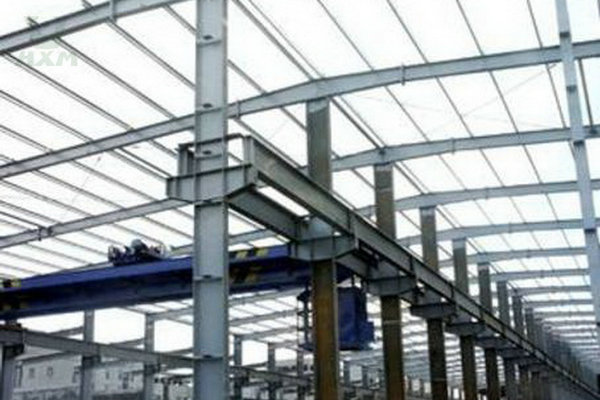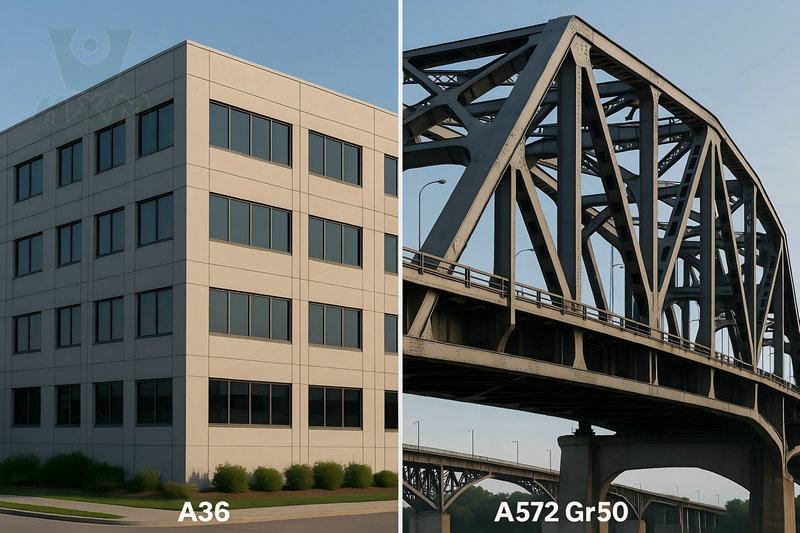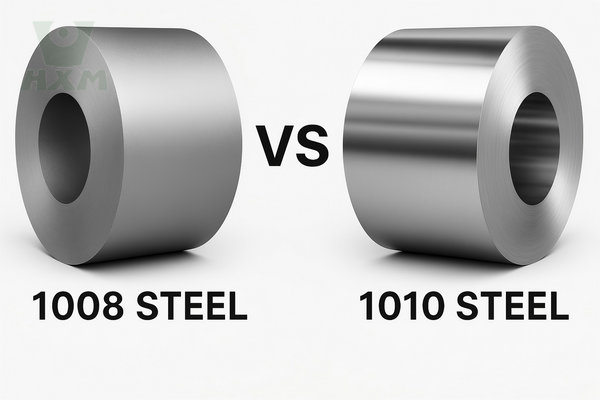The output hit a new low in October, but the "crisis" continued in the later period
Recently, the National Bureau of Statistics released the national output data of industrial robots in October 2021. According to data, the output of China’s industrial robots in October was 28,460 units, a year-on-year increase of 10.6%, and the cumulative output in the first to 10 months was 298,098 units, with a cumulative growth rate of 51.9%.
October output hit a record low
Looking at the output data from January to the present, it can be noted that the output of industrial robots in October reached a new low. Compared with September, the output of industrial robots in October decreased by 546 sets. In fact, since the monthly output of industrial robots reached its peak in June, there was a fall in volatility in the following July, and June became a turning point for the high growth of industrial robots this year.
From the end of 2020, the impact of the epidemic has gradually weakened, and the backlog of market demand has begun to enter a period of concentrated release. The downstream market is showing a prosperous trend. Terminal industries such as textiles, packaging, tobacco, and construction machinery are growing rapidly. As a typical industry driven by incremental markets, robotics has achieved rapid growth.
At the same time, under national policies such as “carbon neutrality” and “carbon peaking”, new energy industries such as wind power, photovoltaics, and lithium batteries have entered a cycle of expansion, and industrial robots have achieved further development.
Rising raw materials, “lack of cores”, rising sea freight, and constant crises
According to data from the National Bureau of Statistics, in the first half of the year, the value-added of the industrial enterprises above the designated size increased by 15.9% year-on-year, and the two-year average growth rate was 7.0%, 0.2% faster than the first quarter; of which, the second quarter increased by 8.9% year-on-year. In June, the value-added of the industrial enterprises above designated size increased by 8.3% year-on-year, and the two-year average growth rate was 6.5%; the month-on-month increase was 0.56%.
However, since the third quarter, the price increase of raw materials, the crisis of core shortage, and the soaring of shipping prices have further intensified, directly bringing about changes in the supply-demand relationship in the 3C, automotive, and other industries, which has adversely affected the upstream equipment market such as industrial robots, and The country’s policy on electricity curtailment and production reduction has also continued to adversely affect the industrial robot industry.
In the second half of 2021, the main attention will still be paid to the shortage of raw materials and the increase in prices; including the impact of consumption and exports, the recovery of overseas market production capacity will to a certain extent restrain the demand for China’s production capacity!
In the field of industrial robots, the use of steel is also extremely common. Although stainless steel occupies a relatively small proportion, it, like our mainstream 304, also plays an important role by virtue of its own advantages.
[Science] Increase knowledge! 24 common metal materials and characteristics of industrial robots
45-high-quality carbon structural steel, the most commonly used medium-carbon quenched and tempered steel
Main features: The most commonly used medium carbon quenched and tempered steel, with good comprehensive mechanical properties, low hardenability, and easy to crack during water quenching. Small parts should be quenched and tempered, and large parts should be normalized. Application examples: Mainly used to manufacture high-strength moving parts, such as turbine impellers and compressor pistons. Shafts, gears, racks, worms, etc. Pay attention to preheating before welding and annealing for stress relief after welding.
Q235A (A3 steel)-the most commonly used carbon structural steel
Main features: It has high plasticity, toughness and welding performance, cold stamping performance, as well as certain strength and good cold bending performance. Application examples: Widely used in parts and welded structures with general requirements. Such as tie rods, connecting rods, pins, shafts, screws, nuts, ferrules, brackets, machine bases, building structures, bridges, etc. that are not stressed.
40Cr-one of the most widely used steel grades belongs to alloy structural steel
Main features: After quenching and tempering treatment, it has good comprehensive mechanical properties, low-temperature impact toughness and low notch sensitivity, good hardenability, high fatigue strength when oil-cooled, and easy parts with complex shapes when water-cooled. Cracks occur, cold-formed plasticity is medium, good machinability after tempering or quenching and tempering, but the weldability is not good, and cracks are easy to occur. It should be preheated to 100~150℃ before welding. It is generally used in quenched and tempered states. Carburize carbonitriding and high-frequency surface quenching treatment.
Application example: After quenching and tempering, it is used to manufacture medium-speed and medium-load parts, such as machine tool gears, shafts, worms, spline shafts, thimble sleeves, etc., after quenching and tempering, and high-frequency surface quenching, it is used to make the surface with high hardness and resistance. Grinding parts, such as gears, shafts, spindles, crankshafts, spindles, sleeves, pins, connecting rods, screws, and nuts, intake valves, etc., after quenching and tempering at medium temperature, they are used to manufacture heavy-duty, medium-speed impact Parts, such as oil pump rotors, sliders, gears, spindles, collars, etc., are used to manufacture heavy-duty, low-impact, wear-resistant parts after quenching and low-temperature tempering, such as worms, spindles, shafts, collars, etc., carbon At the nitriding site, transmission parts with larger dimensions and higher low-temperature impact toughness, such as shafts, gears, etc., will be manufactured.
HT150-gray cast iron
Application examples: gearbox body, machine bed, box body, hydraulic cylinder, pump body, valve body, flywheel, cylinder head, pulley, bearing cover, etc.
35-Commonly used materials for various standard parts and fasteners
Main features: proper strength, good plasticity, high cold plasticity, and acceptable weldability. Partial upsetting and drawing can be done in cold state. Low hardenability, application examples after normalizing or quenching and tempering: Suitable for manufacturing small cross-section parts, parts that can withstand larger loads: such as crankshafts, levers, connecting rods, hooks and loops, etc., various standard parts, fasteners.
65Mn-commonly used spring steel
Application examples: all kinds of small-size flat springs, round springs, seat springs, spring springs, and can also be made into spring rings, valve springs, clutch springs, brake springs, cold rolled coil springs, circlips, etc.
0Cr18Ni9-the most commonly used stainless steel (American steel number 304, Japanese steel number SUS304)
Features and applications: It is the most widely used stainless heat-resistant steel, such as food equipment, general chemical equipment, and original energy industrial equipment.
Cr12-commonly used cold work die steel (American steel number D3, Japanese steel number SKD1)
Characteristics and applications: Cr12 steel is a widely used cold work die steel, which is a high-carbon and high-chromium ledeburite steel. The steel has good hardenability and good wear resistance; because the carbon content of Cr12 steel is as high as 2.3%, it has poor impact toughness, easy brittleness, and easy formation of uneven eutectic carbides;
Cr12 steel is due to It has good wear resistance and is mostly used to manufacture cold punches, punches, blanking dies, cold heading dies, punches and dies of cold extrusion dies, drill sleeves, gauges that require high wear resistance with less impact load, Wire drawing die, stamping die, thread rolling board, deep drawing dies, and cold press die for powder metallurgy, etc.
DC53-commonly used cold work die steel imported from Japan
Features and applications: High-strength and toughness cold-work die steel, Japanese Datong Special Steel Co., Ltd. manufacturer’s steel grade. After high-temperature tempering, it has high hardness, high toughness, and good wire cutting performance. Used for precision cold stamping dies, drawing dies, thread rolling dies, cold blanking dies, punches, etc. 10, **45-ordinary carbon plastic mold steel (Japanese steel No. S45C)
DCCr12MoV-wear-resistant chromium steel
Domestic. Compared with Cr12 steel, the carbon content is lower, and with the addition of Mo and V, the uneven carbides are improved, MO can reduce carbide segregation and improve hardenability, and V can refine grains and increase toughness. This steel has high Hardenability, the cross-section can be completely hardened below 400mm, and it can still maintain good hardness and wear resistance at 300~400℃. It has higher toughness than Cr12, small volume change during quenching, and high wear resistance.
Good comprehensive mechanical properties. Therefore, it is possible to manufacture various molds with large cross-sections, complex shapes, and withstand greater impact, such as ordinary drawing dies, punching dies, punching dies, blanking dies, trimming dies, hemming dies, and wire drawing dies. , Cold extrusion die cold cutting scissors, circular saw, standard tools, measuring tools, etc.
SKD11-tough chromium steel
Produced by Hitachi, Japan. Technically improves the casting structure in steel and refines the grains. Compared with Cr12mov, the toughness and wear resistance are improved. The service life of the mold is prolonged.
D2-high carbon and high chromium cold work steel
Made in the United States. It has high hardenability, hardenability, wear resistance, high-temperature oxidation resistance, good rust resistance after quenching and polishing, and small heat treatment deformation. It is suitable for manufacturing various cold work molds that require high precision and long life. , Tools and measuring tools, such as drawing dies, cold extrusion dies, cold shearing knives, etc.
SKD11 (SLD)-non-deformation toughness high chromium steel
Produced by Hitachi, Japan. Due to the increase in the content of Mo and V in the steel, the casting structure in the steel is improved, the crystal grains are refined, and the carbide morphology is improved, so the strength and toughness of this steel (bending strength, deflection, impact toughness) Etc.) is higher than SKD1, D2, wear resistance has also increased and has higher tempering resistance.
The practice has proved that the life of this steel mold is longer than that of Cr12mov. Often manufacturing demanding molds, such as tensile molds, impact The mold of the grinding wheel, etc.
DC53-high toughness and high chromium steel
Produced by Datong, Japan. The heat treatment hardness is higher than SKD11. After high temperature (520-530) tempering, it can reach 62-63HRC high hardness. In terms of strength and wear resistance, DC53 exceeds SKD11. Toughness is twice that of SKD11. The toughness of DC53 is in There are few cracks and cracks in cold work mold manufacturing.
The service life is greatly improved. The residual stress is small. The residual stress is reduced after high temperatures. Because the cracks and deformation after the wire cutting process are suppressed. The machinability and abrasiveness exceed SKD11. Used in precision stamping dies, cold forging, deep drawing dies, etc.
SKH-9-general high-speed steel with wear resistance and toughness
Produced by Hitachi, Japan. Used for cold forging dies, strip cutting machines, drills, reamers, punches, etc.
ASP-23-powder metallurgy high-speed steel
Made in Sweden. Very uniform carbide distribution, wear resistance, high toughness, easy processing, stable heat treatment size. Used for punches, deep drawing dies, drill dies, milling cutters and shear blades and other long-life cutting tools.
P20——Generally required size plastic mold
Produced in the United States. It can be operated by electro-erosion. The factory state is pre-hardened HB270-300. The quenching hardness is HRC52.
718-high-demand large and small plastic molds
Made in Sweden. Especially for electro-erosion operation. The ex-factory state is pre-hardened HB290-330. Quenching hardness HRC52
Nak80-high mirror surface, high precision plastic mold
Produced by Datong, Japan. Pre-hardened HB370-400 in ex-factory state. Quenching hardness HRC52
S136-anti-corrosion and mirror-polished plastic mold
Made in Sweden. Pre-hardened HB<215. Quenching hardness HRC52.
H13-common die-casting mold
Used for aluminum, zinc, magnesium, and alloy die casting. Hot stamping die, aluminum extrusion die,
SKD61-Advanced Die Casting Mould
Produced by Hitachi, Japan, through electric ballast remelting technology, the service life is significantly improved than H13. Hot stamping die, aluminum extrusion die,
8407-Advanced Die Casting Mould
Made in Sweden. Hot stamping dies, aluminum extrusion die.
FDAC-added sulfur to enhance its ease of cutting
The factory pre-hardened hardness is 338-42HRC, which can be directly engraved and processed without quenching and tempering. It is used for small batch molds, simple molds, various resin products, sliding parts, and mold parts with short delivery times. Zipper molds, Glasses frame mold.







